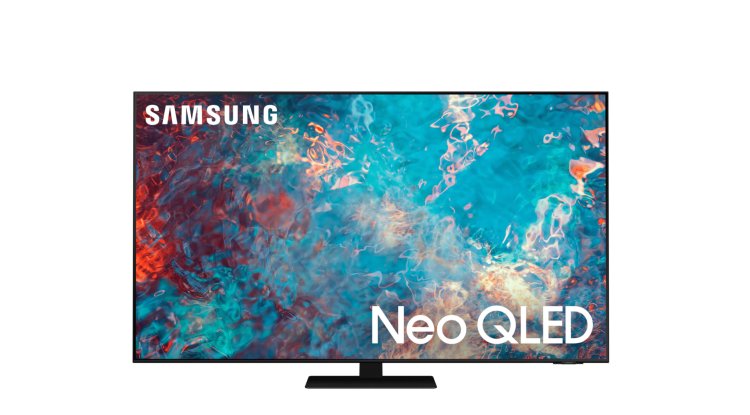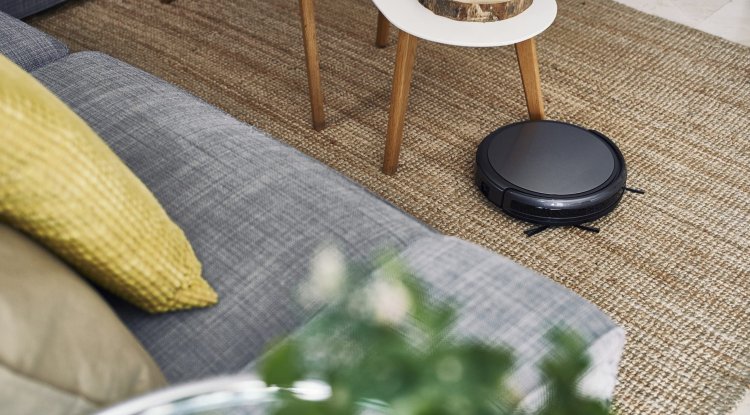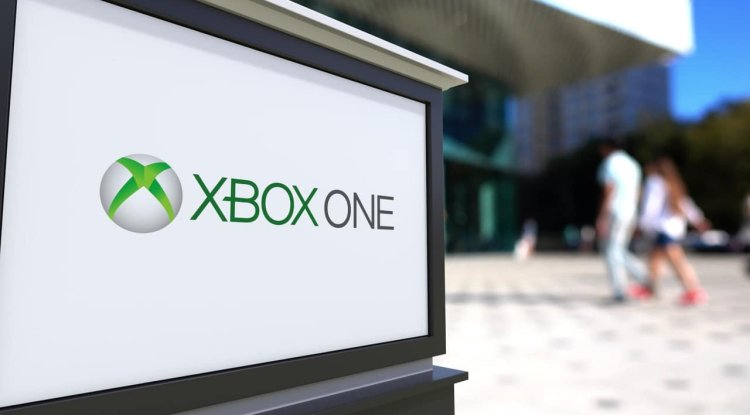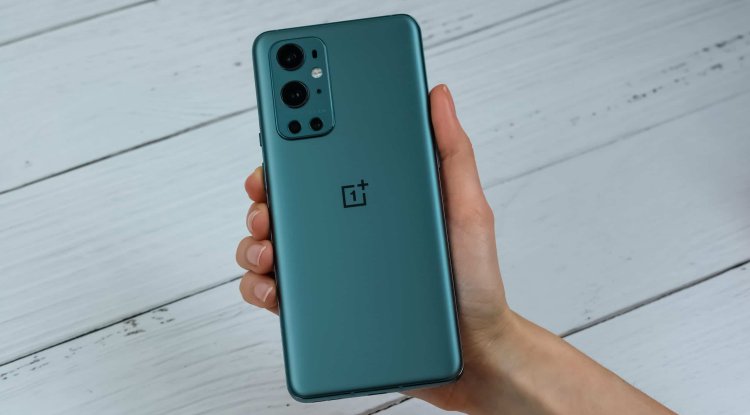Samsung Neo QLED TV QN85A in review

Thanks to mini-LEDs in the backlight, a slim design with superior image quality is possible.
When it comes to improving picture quality, small LEDs used as a light source behind an LCD display are all the rage. Samsung made a major impression hereby coining the term "Neo-QLED" for their best models. The technology expands on the well-known QLED concept: the backdrop lighting generates pure blue LED light, which is then channeled via quantum dot nanoparticles, which fill the spectrum with equally pure green and red color components.
If the basic TV lighting does not consist of broadband frequencies, such as those produced by sunshine or light bulbs, but rather of three narrow peaks in the basic TV colors, the panel, and its color filters can process them with utmost purity. As a result, the color space is substantially bigger than that of current (W)OLED technology, having been tuned to the needs of HDR films. In addition, because quantum dots perform more efficiently than color filters, they save electricity and waste heat. This method can provide enormous brilliance.
Image quality and processing
This method is taken up by Neo-QLED, which employs hundreds of small light sources that sit right beneath the LCD panel. On the one hand, this downsizing allows the television to be delightfully flat; on the other hand, more LEDs allow for more local dimming zones. And the more of it you have, the more precisely the TV can send the correct amount of light energy to each item in the video.
The backlight dims behind black or dark picture areas. In this manner, the in-picture contrast, i.e. the brilliance ratio of concurrently visible content, can be improved by a factor of a hundred or more. If there aren't enough dimming zones (clusters), rings of light emerge around bright objects in front of a black background, catching the eye mostly when viewed from the side, because an LCD cell permits missing light to escape at an angle rather than from the front.
In the QLED series of high-quality televisions, Samsung has always relied on LCD panels with VA technology (Vertical Alignment), which gives the highest natural contrast. However, in this case, viewing angle stability and room light reflections had to be improved using complicated filter panes, which increased the device's cost and decreased its efficiency. Samsung did not consider purchasing IPS panels from archrival LG, which offer roughly half the contrast potential but avoid color distortions under viewing angles.
Rather, these were top-of-the-line items from a Chinese display supplier, with whom one did good business for mid-range TVs anyhow, which eager development engineers had most likely just positioned in front of the self-developed Neo-QLED backlight.
As expected, the factor with which room light is reflected (1.35 percent) is twice as high in the GQ75QN85A with lower native contrast than in the more expensive VA brothers QN90 and QN95, but both the basic light losses when viewed from the side (18 percent instead of 23 percent) and, more importantly, the color shift (0.6 percent instead of 20 percent) are significantly better. Samsung is now giving customers the option of acquiring the fantastic "Neo-QLED" mini-LED technology with a variety of display features.
Features of the Samsung QLED GQ75N85A
The GQ75QN85A cuts an amazingly thin figure from the outside, measuring less than three centimeters at its thickest point and not even one deep at the edge. The device's connections are found on it. There are no anomalies other than a four-way double tuner and two USBs, but no analog input. The fourth HDMI input is printed with a tiny joystick and supports pixel rates up to 40 bit/s in DSC compression and up to 24 GB/s in HEVC compression.
120Hz@4K is a possibility for gamers. ALLM and VRR are also included in the form of Freesync Premium Pro. Samsung has created the UltraWide GameMode (up to 32:9) as a special feature, which provides a greatly increased field of vision in several PC games. Overall, a player's heart will be gratified here, and there is no need to be concerned about burn-in. As a result, we propose the QN85 for this type of application.
Samsung is following the home office, home conferencing, and home fitness trend across the board as the world grows smarter and more linked. In all tested aspects, video-on-demand is fully supported. In addition to the four ways over the radio, you can now receive television through Samsung's IPTV gateway TV-plus. Because Samsung employs a dual tuner, which is impressive, the possibility of recording to an external hard drive is excellent. It's great that you began incorporating HD+ early on, including the convenience features.
Picture and sound quality of the Samsung GQ75QN85A
Samsung with a color-clean Filmmaker mode implementation and a superb, albeit a little too bright, HDR adjustment. The performance in processing muddy image sources, which the "Neo Quantum Processor 4K" processor excels at, deserves special mention. We believe that the AI for fully automatic improvement of picture and sound is a little overdone, but the adjustment of room brightness using a light sensor is fantastic.
The great letdown that made us headline that "larger" in the picture just means "nearly always" better came when the light meter in HDR only increased to just about 700 nits. In the test, the smaller 55-inch brother still managed peaks of 2000 nits. The QN85A, on the other hand, is extremely cost-effective and produces a more natural, relaxed image than its high-bred VA counterparts.
In terms of audio, Samsung makes a concerted effort to extract a rich sound from the thin design. Fortunately, the 2.2.2 channels with 60-watt output power and object tracking sound are quiet and balanced with plenty of room, although a little more precision would require front-facing speakers. The pricing of the GQ75QN85A is ten to fifteen percent less than that of the VA versions QN90 and QN95. The most costly models are currently being traded with the best reductions, therefore there are genuine deals available in stores. The 85 isn't always the best deal, but it is on occasion.
Conclusion
The Neo-QLED TVs from Samsung are the greatest that LCD technology has ever created. They are also available with the best viewing angle in the QN85 series, and at sizes larger than 65 inches, OLED TVs are the only option in terms of price.





































